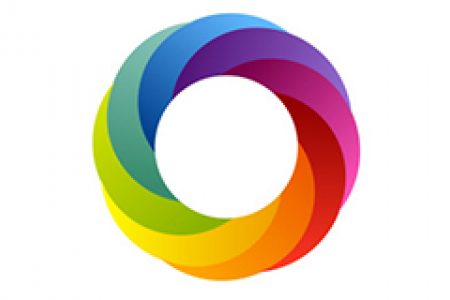Curating your stories through Storify
Digital storytelling is an important tool in science communication. One tool that can be used to tell the story of your research or capture an online discussion is Storify.
Digital storytelling is an important tool in science communication. And there are many voices, including mine, encouraging researchers to get online and involved in, for example, social media to tell the story of their research and to discuss research and academic life in general. One tool that can be used to tell the story of your research or capture an online discussion is Storify.
What is Storify?
Storify is a service that allows you to create stories by curating content from across different social media networks. Especially when capturing coverage of an event or reactions to a new scientific discovery, discussion can range across platforms. If you want to capture all these various types of content Storify can be a useful tool. But Storify can also be used as a teaching tool, as shown by Leigh Hall, an Associate Professor of Literacy Studies, on her blog.
Storify examples
For a great example of how you can use different platforms to tell a story, have a look at this Storify from Harvard University reporting on their Commencement Day for 2015. They mix text, tweets, Instagram pictures, and YouTube videos giving a great impression of the day. In a similar way this Storify of the first day of Stories about Science, a symposium organised by the Wellcome Trust, gives a good overview of the events and people's thought, but this time curated solely through tweets using the conference hash tag. And for a more light-hearted example, there is this series of tweets from Waterstones Oxford Street that have been collected to preserve them as an easily-read, longer whole.
If you like to learn more about Storify, what it can do for you, and its pros and cons, do check out the In Depth page on it.





